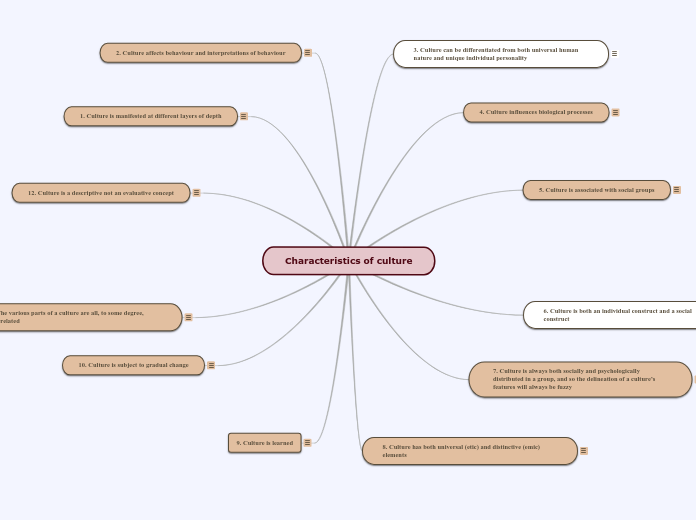ATMOSPHERIC HABITAT
Dispersal of airborne particles
Deposition
methods
Rainwashing
Electrostatic deposition
Brownian movement
impaction with surfaces
sedimation due to gravity
Dispersion
depend on physical characteristics of particles
environment
convection
air humidity
turbulence
wind movement
spores
density
degree of surface roughness
shape
size
Liberation & take off into the air
features
fungi have many adaptation
virus&bacteria are poorly adapted
requires energy to overcome adhesive forces
Atmospheric habitat
spores (better adapted)
endospores
primarily adapted to resistance other than reproduction
limited to gram +ve bacteria
xenosphores
adaptation for survival & fecundity
primarily adapted to reproduction vs. resistance to environment
bacteria
protozoans
algae
fungi
small size & low density
produced in high numbers
low metabolic rates
Dispersal vs. growth
lower atmosphere can theoritically support growth cause
light intensity within appropriate limits
clouds---sufficient water
other extreme environment
Antartica
Environmental conditions
high radiation
high velocity of desiccating winds
low humidity
low temperature
Salt lakes
high concentration of sodium chloride
precipitation of intracellular proteins
dehydration
Hot springs
grow of m/os limited by
low concentration of dissolved oxygen
low concentration of organic matter
high acidity/alkalinity
high temperature
at volcanic areas
Physical features of aerial environment
precipitation
9 days average of water vapour in air
water vapour--- continually recycled
radiation
mostly absorbed or reflected back
from the sun
air movement in troposhere
principle
displacement of air occur
sun heats up the ground, create gradient
temperature decreases with altitude
main agent of dipersal
Regions in Atmosphere
Lonosphere
extreme UV and ionizing radiation levels
extreme low temperature
Exosphere
Helium and H2 predominant
extending into outer space
Thermosphere
Temperature increases with altitude
Mesosphere
temperature decreasing with height
stratosphere
extreme low temperatures
increasing temperature with height
location of good enzyme
Trophosphere
location of the bad ozone
most highly populated area
nearest to Earth









